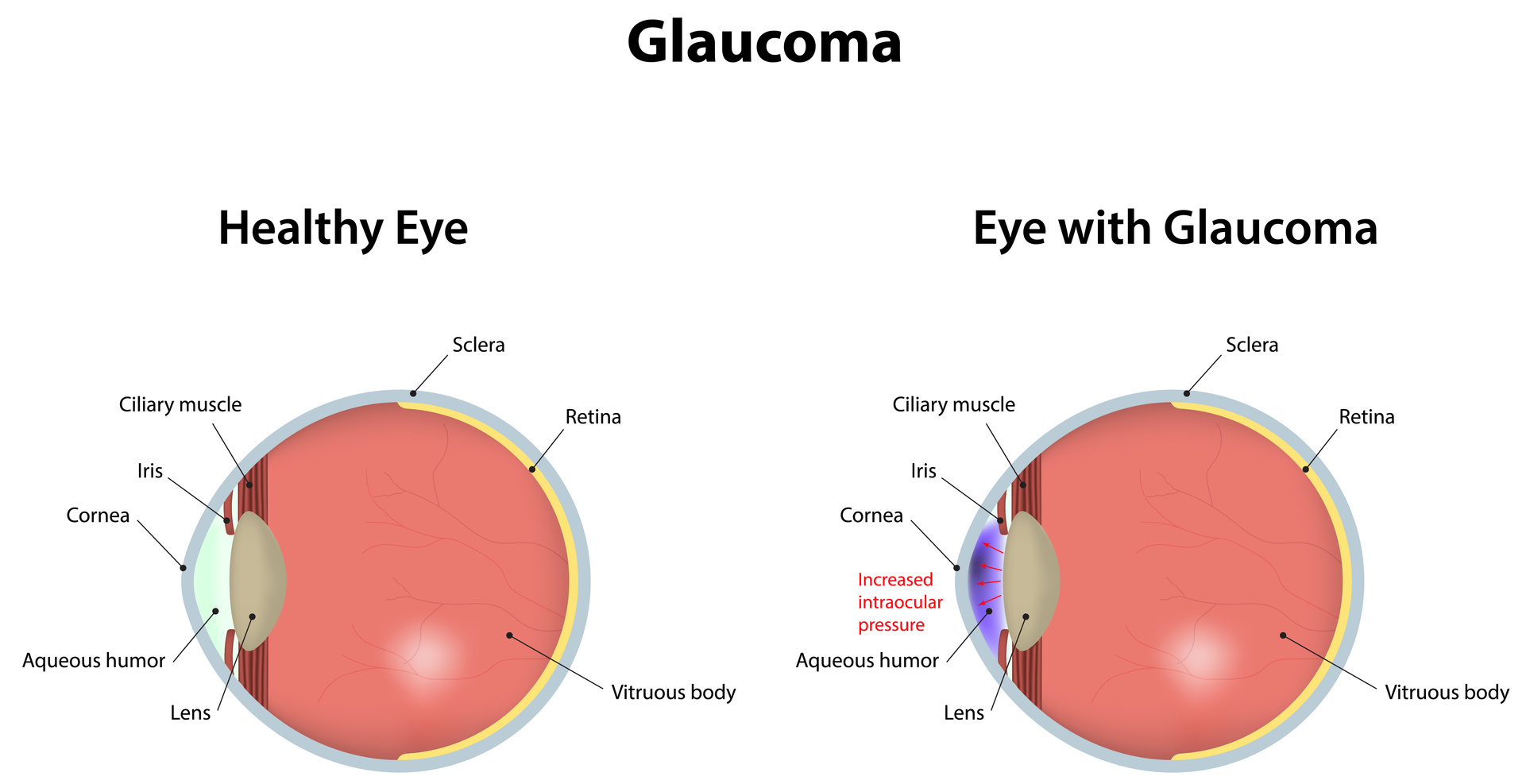Glaucoma is a leading cause of blindness – and there is as yet no cure for the disease.
While vision loss to glaucoma cannot be restored, surgery and medication can halt the spread of the disease – making early diagnosis critical. A chronic condition, glaucoma must be monitored for life.
Glaucoma occurs when fluid can no longer move between the inner and outer parts of the eye. Between the cornea and iris is a space called the anterior chamber. A clear fluid moving continuously in and out of the chamber nourishes nearby tissues. Where the cornea and iris meet is a microscopic spongy area that allows the fluid to drain from the eye.
If the fluid is unable to escape at a fast enough rate, pressure builds up in the eye. If the pressure is high enough, it can damage the optic nerve, resulting in vision loss. High blood pressure can also cause damage to the optic nerve.
Monitoring pressure levels in the eye is critical to mitigating vision loss.
Researchers from the University of Washington have recently announced what could offer glaucoma sufferers a revolutionary means of halting the effects of the disease. Engineers have created a prototype electronic sensor than can be implanted in the eye to monitor pressure.
The sensor would be implanted along with the artificial lens (IOL) during cataract surgery. This smart lens would track changes in pressure, which would be transmitted in real time wirelessly by radio waves. A thin circular antenna on the outer rim of the device, roughly tracing the outline of the iris, is able to harvest sufficient energy from the surrounding field to power the implant. A small pressure sensing chip relates any change of frequency to an exterior processor which calculates the change of pressure, recording and tracking them. A benefit of the implant is that it would require a single surgery to implant it – no further surgeries would be required.
Since monitoring pressure is the only means of treating glaucoma, the implant could have tremendous application in halting glaucoma-related blindness. The device could even be used to transmit reading to cell phones, making monitoring simple and easy.
While still experimental, it is clear there is a need. It is estimated that over 2.2 million Americans suffer from glaucoma, and of these as many as half don’t know they have it. 120, 000 of those with glaucoma are blind due to it, making glaucoma responsible for 9-12% of all cases of blindness.
High-risk groups for glaucoma include those over 60; African-Americans (19% of all blindness in African-Americans is due to glaucoma, compared to just 9% of Caucasians); family members of those diagnosed with the disease; diabetics; those suffering severe nearsightedness.
Because there are virtually no symptoms associated with increased eye pressure, many are unaware they have the disease. Sufferers usually do not experience any pain or discomfort. Vision loss in the early stages can go unnoticed.
Dr. Silverman is certified to offer the iStent glaucoma treatment, a revolutionary new procedure that can offer relief from cataracts and glaucoma in one procedure. Offering the latest in vision improving laser procedures, OCLI can meet all your eye care needs.
